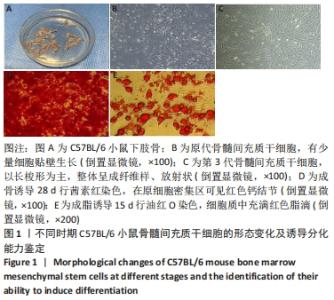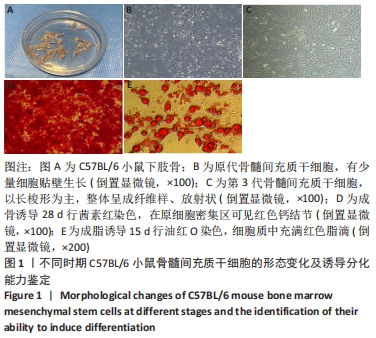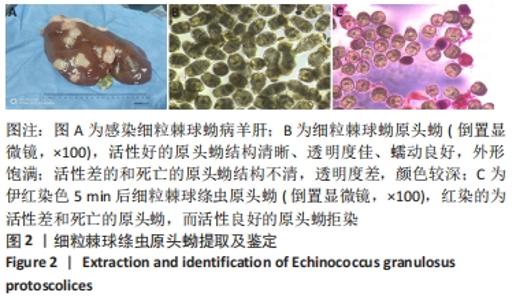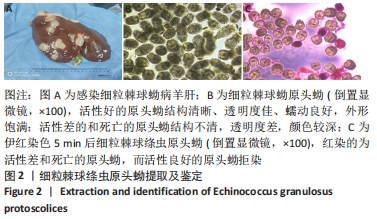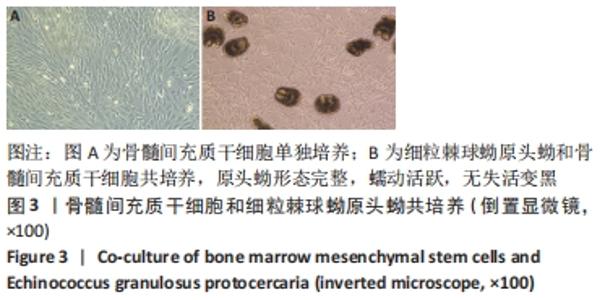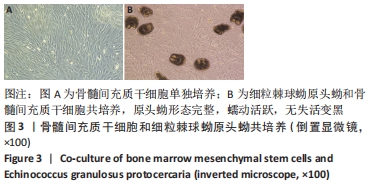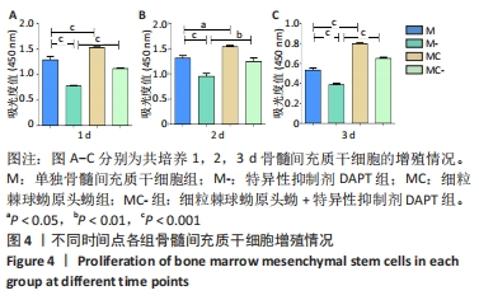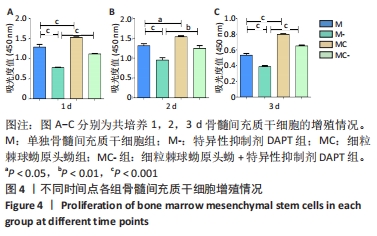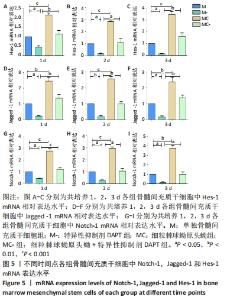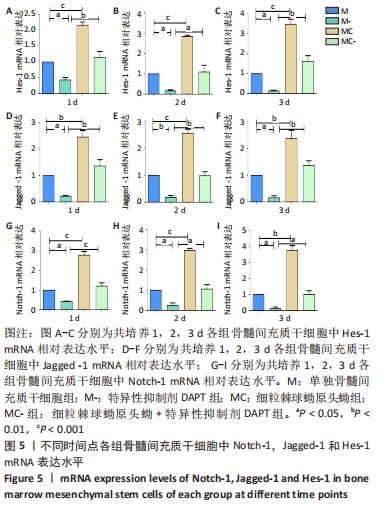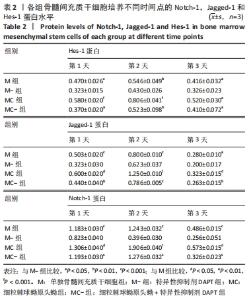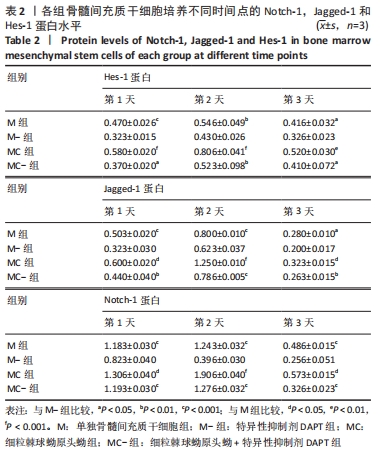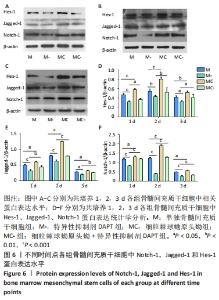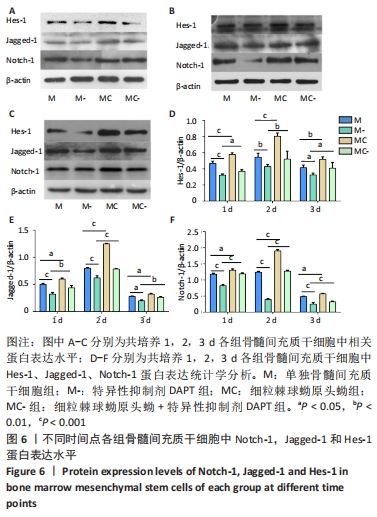[1] 尚婧晔,张光葭,何伟,等.细粒棘球蚴病病原分类学与分子流行病学研究进展[J].中国寄生虫学与寄生虫病杂志,2018,36(2):166-173,177.
[2] 彭心宇,张示杰,牛建华,等.肝包虫外膜内完整摘除术30例报告[J].中华普通外科杂志,2002,17(9):529-530.
[3] 彭心宇.肝包虫病的外科治疗新观点[J].中国实用外科杂志,2003, 23(11):651-653.
[4] 张旭勇,杨涛,王思博,等.肝细粒棘球蚴外囊壁钙化相关受体[J].中国人兽共患病学报,2016,32(4):332-337.
[5] COQUE TM, WILLEMS R, CANTÓN R, et al. High occurrence of esp among ampicillin-resistant and vancomycin-susceptible Enterococcus faecium clones from hospitalized patients. J Antimicrob Chemother. 2002;50(6):1035-1038.
[6] 张旭勇,夏杰,杨涛,等.TGFβRⅠ和TGFβRⅡ在肝细粒棘球蚴外囊壁中的表达[J].医学研究生学报,2016,29(1):66-69.
[7] TANG Y, WU X, LEI W, et al. TGF-beta1-induced migration of bone mesenchymal stem cells couples bone resorption with formation. Nat Med. 2009;15(7):757-765.
[8] AMRI M, TOUIL-BOUKOFFA C. A protective effect of the laminated layer on Echinococcus granulosus survival dependent on upregulation of host arginase. Acta Trop. 2015;149:186-194.
[9] 武杰,桂显伟,姜慧娇,等.细粒棘球绦虫原头节促进BMSCs纤维化的实验研究[J].中国修复重建外科杂志,2020,34(5):630-636.
[10] 桂显伟,姜慧娇,武杰,等.两种棘球绦虫原头节促进骨髓间充质干细胞钙化的差异性分析[J].中国组织工程研究,2021,25(1):38-43.
[11] ZHANG SJ, SONG XY, HE M, et al. Effect of TGF-β1/SDF-1/CXCR4 signal on BM-MSCs homing in rat heart of ischemia/perfusion injury. Eur Rev Med Pharmacol Sci. 2016;20(5):899-905.
[12] 牛萍,赵月强,黄星原.骨髓间充质干细胞体外增殖及分化过程中Notch信号的表达变化[J].基础医学与临床,2011,31(11):1205-1209.
[13] 刘玉林,何任红,吴红瑛,等.Notch信号通路在低声压次声促进骨髓间充质干细胞增殖中的作用[J].中国康复医学杂志,2017,32(1): 23-27.
[14] NEWPORT MJ, FINAN C. Genome-wide association studies and susceptibility to infectious diseases. Brief Funct Genomics. 2011;10(2): 98-107.
[15] MOURGLIA-ETTLIN G, MARQUÉS JM, CHABALGOITY JA, et al. Early peritoneal immune response during Echinococcus granulosus establishment displays a biphasic behavior. PLoS Negl Trop Dis. 2011; 5(8):e1293.
[16] 宋旭彤,朱鹏,龙爽,等.细粒棘球蚴病的免疫逃逸机制探讨[J].实用医院临床杂志,2017,14(3):138-141.
[17] HUANG B, QIAN J, MA J, et al. Myocardial transfection of hypoxia-inducible factor-1α and co-transplantation of mesenchymal stem cells enhance cardiac repair in rats with experimental myocardial infarction. Stem Cell Res Ther. 2014;5(1):22.
[18] GNECCHI M, DANIELI P, MALPASSO G, et al. Paracrine Mechanisms of Mesenchymal Stem Cells in Tissue Repair. Methods Mol Biol. 2016; 1416:123-146.
[19] CHAMBERLAIN CS, CLEMENTS AEB, KINK JA, et al. Extracellular Vesicle-Educated Macrophages Promote Early Achilles Tendon Healing. Stem Cells. 2019;37(5):652-662.
[20] OH EJ, LEE HW, KALIMUTHU S, et al. In vivo migration of mesenchymal stem cells to burn injury sites and their therapeutic effects in a living mouse model. J Control Release. 2018;279:79-88.
[21] KAWAI T, KATAGIRI W, OSUGI M, et al. Secretomes from bone marrow-derived mesenchymal stromal cells enhance periodontal tissue regeneration. Cytotherapy. 2015;17(4):369-381.
[22] KIM HK, LEE SG, LEE SW, et al. A Subset of Paracrine Factors as Efficient Biomarkers for Predicting Vascular Regenerative Efficacy of Mesenchymal Stromal/Stem Cells. Stem Cells. 2019;37(1):77-88.
[23] NAKAMURA Y, ISHIKAWA H, KAWAI K, et al. Enhanced wound healing by topical administration of mesenchymal stem cells transfected with stromal cell-derived factor-1. Biomaterials. 2013;34(37):9393-9400.
[24] XU T, LV Z, CHEN Q, et al. Vascular endothelial growth factor over-expressed mesenchymal stem cells-conditioned media ameliorate palmitate-induced diabetic endothelial dysfunction through PI-3K/AKT/m-TOR/eNOS and p38/MAPK signaling pathway. Biomed Pharmacother. 2018;106:491-498.
[25] ZOU C, SONG G, LUO Q, et al. Mesenchymal stem cells require integrin β1 for directed migration induced by osteopontin in vitro. In Vitro Cell Dev Biol Anim. 2011;47(3):241-250.
[26] BALL SG, SHUTTLEWORTH CA, KIELTY CM. Vascular endothelial growth factor can signal through platelet-derived growth factor receptors. J Cell Biol. 2007;177(3):489-500.
[27] WANG X, ZHEN L, MIAO H, et al. Concomitant Retrograde Coronary Venous Infusion of Basic Fibroblast Growth Factor Enhances Engraftment and Differentiation of Bone Marrow Mesenchymal Stem Cells for Cardiac Repair after Myocardial Infarction. Theranostics. 2015; 5(9):995-1006.
[28] LIANG X, HUANG X, ZHOU Y, et al. Mechanical Stretching Promotes Skin Tissue Regeneration via Enhancing Mesenchymal Stem Cell Homing and Transdifferentiation. Stem Cells Transl Med. 2016;5(7):960-969.
[29] VINCENT LG, CHOI YS, ALONSO-LATORRE B, et al. Mesenchymal stem cell durotaxis depends on substrate stiffness gradient strength. Biotechnol J. 2013;8(4):472-484.
[30] SELVASANDRAN K, MAKHOUL G, JAISWAL PK, et al. A Tumor Necrosis Factor-α and Hypoxia-Induced Secretome Therapy for Myocardial Repair. Ann Thorac Surg. 2018;105(3):715-723.
[31] IMBERTI B, MORIGI M, TOMASONI S, et al. Insulin-like growth factor-1 sustains stem cell mediated renal repair. J Am Soc Nephrol. 2007;18(11): 2921-2928.
[32] WAKABAYASHI K, NAGAI A, SHEIKH AM, et al. Transplantation of human mesenchymal stem cells promotes functional improvement and increased expression of neurotrophic factors in a rat focal cerebral ischemia model. J Neurosci Res. 2010;88(5):1017-1025.
[33] DENG S, XIANG JJ, SHEN YY, et al. Effects of VEGF-Notch Signaling Pathway on Proliferation and Apoptosis of Bone Marrow MSC in Patients with Aplastic Anemia. Zhongguo Shi Yan Xue Ye Xue Za Zhi. 2019;27(6):1925-1932.
|
